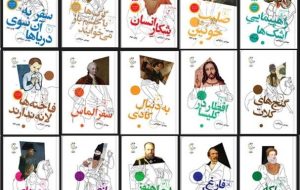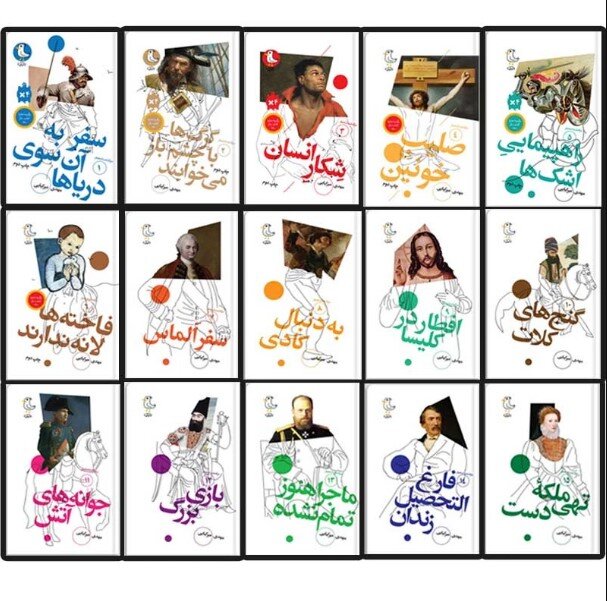“History of Colonization” collection unveiled in Kuala Lumpur in three languages
TEHRAN – The 12-volume collection titled “History of Colonization” was unveiled in Kuala Lumpur in three languages on Friday, coinciding with the Malaysia International Book Fair. The unveiling ceremony of the translated editions of Mehdi Mirkiai’s “History of Colonization” took place at Iran’s Cultural Attaché office in Kuala Lumpur, attended by a number of Iranian


TEHRAN – The 12-volume collection titled “History of Colonization” was unveiled in Kuala Lumpur in three languages on Friday, coinciding with the Malaysia International Book Fair.
The unveiling ceremony of the translated editions of Mehdi Mirkiai’s “History of Colonization” took place at Iran’s Cultural Attaché office in Kuala Lumpur, attended by a number of Iranian and Malaysian cultural officials and publishing representatives, ISNA reported on Saturday.
The ceremony was attended by Valiollah Mohammadi, Iranian ambassador to Malaysia, Habbib Reza Arzani, Cultural Attaché of Iran in Malaysia, Hossein Bahrami, director of Nakhl-e Sabz Publishing House, among others, the report added.
In his speech, Arzani emphasized the significance of understanding colonization and its historical evolution. He pointed out how the face of colonialism has transformed in the modern era, impacting new domains such as cyberspace. “Colonialism manifests with new faces daily, and recognizing colonization and its history is crucial, and this collection takes a significant step in that direction,” he stated.
“The unveiling of the ‘History of Colonization’ collection is an effective step in introducing Iran’s independent narrative of colonial history and cultural resistance on the international stage,” he added.
“It offers a clear perspective rooted in the historical experience of oppressed nations,” he mentioned.
He further emphasized the importance of recounting history not from colonizers’ perspectives but from the voices of nations that suffered under colonial rule. “This collection aims to restore the narrative to its rightful owners—those who experienced colonization—and to a generation that must be aware of its historical realities.”
For his part, Bahrami provided insights into the translation process, noting the scope of the original collection. “The full collection comprises 15 volumes, but due to cultural and content considerations, only 12 volumes have been translated so far. These translations are available in three languages: English, Arabic, and Bahasa Malaysia.”
Bahrami highlighted that the collection offers a documentary, narrative, and educational account suitable for adolescent readers. “The 15-volume ‘History of Colonization’ is a research-based yet storytelling-oriented work designed with simple and engaging language for young audiences.”
It examines the emergence and expansion of colonialism from the 15th century to the 20th, providing a critical and factual overview of its development across different regions and periods, he added.
Each volume focuses on a specific area or era, aiming to present an authentic and comprehensible picture of colonization’s harsh realities, he concluded.
“History of Colonization” is a compelling 15-volume collection that appeals to history enthusiasts, especially those interested in unraveling the dark and complex narratives of colonialism.
The series stands out as a comprehensive yet accessible resource that effectively combines factual accuracy with engaging storytelling. Its concise and vivid narrative approach makes it suitable for a wide audience, including young readers and those seeking a swift overview of colonial history from the 15th century onward.
The collection’s ability to present complex historical developments through relatable anecdotes and well-structured content underscores its significance as an educational tool. It also represents an important contribution to understanding the historical narratives of colonization and resistance, resonating with readers across diverse age groups and backgrounds.
SAB/
